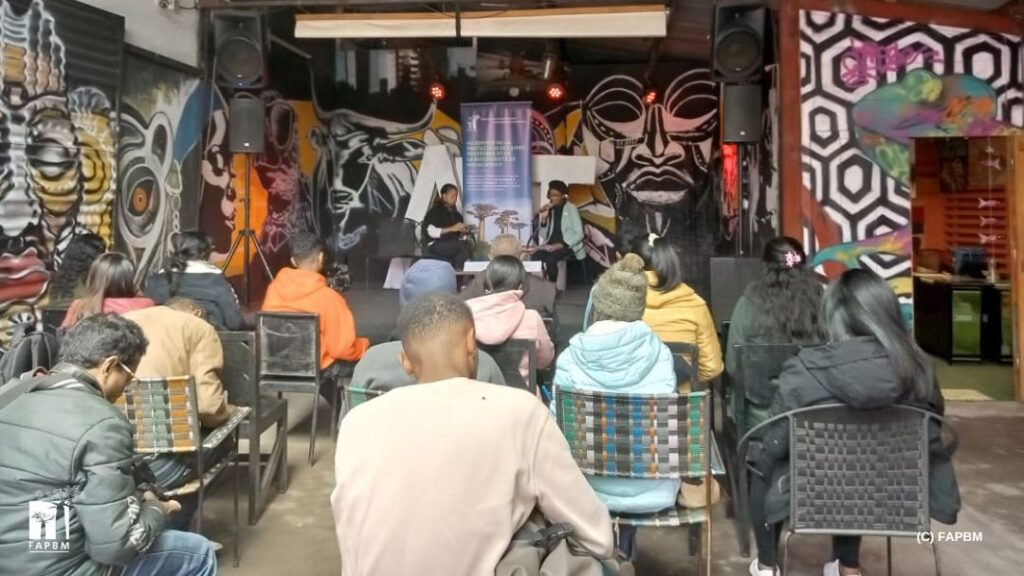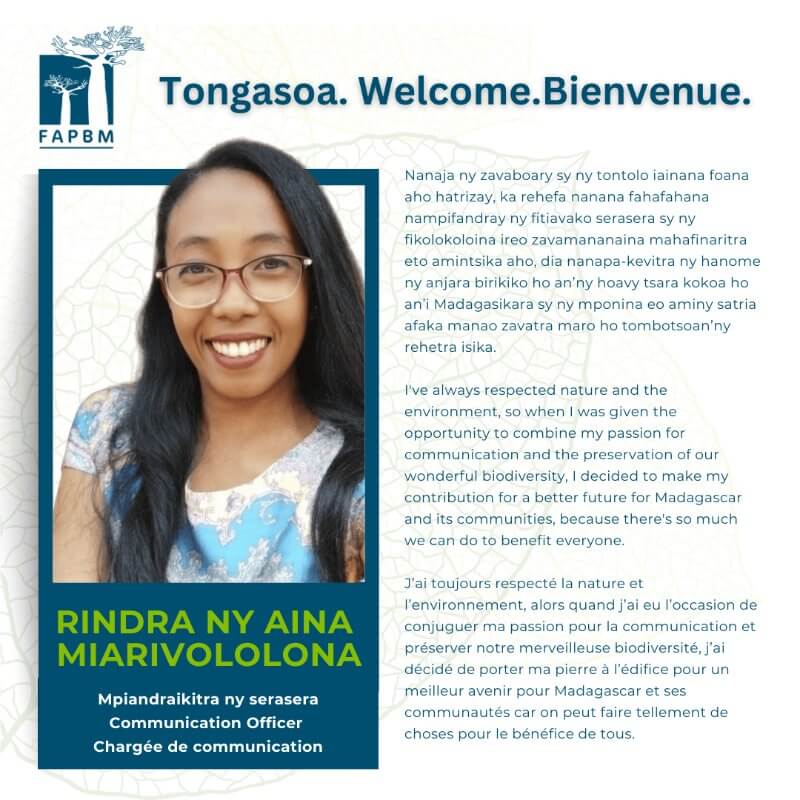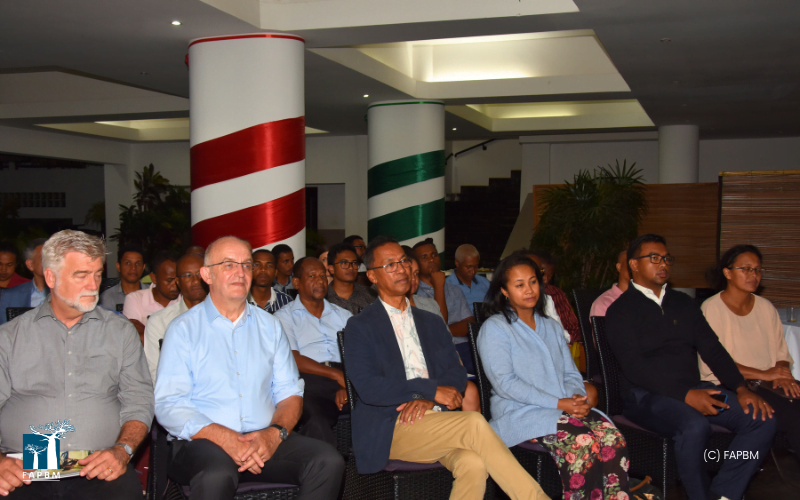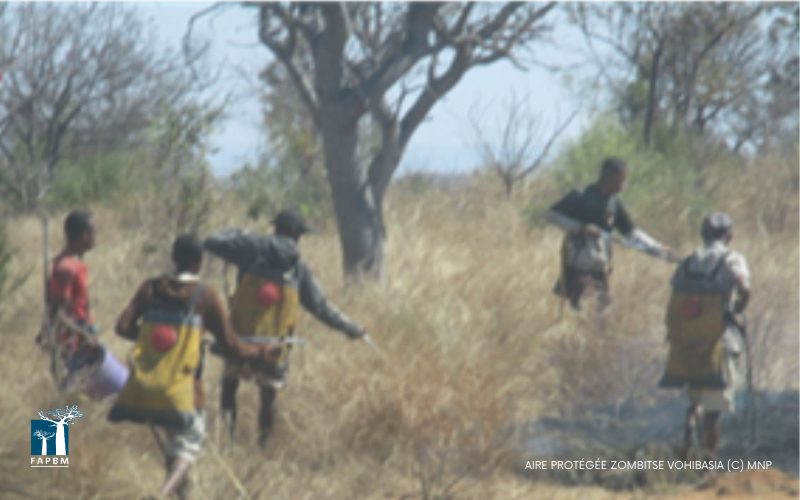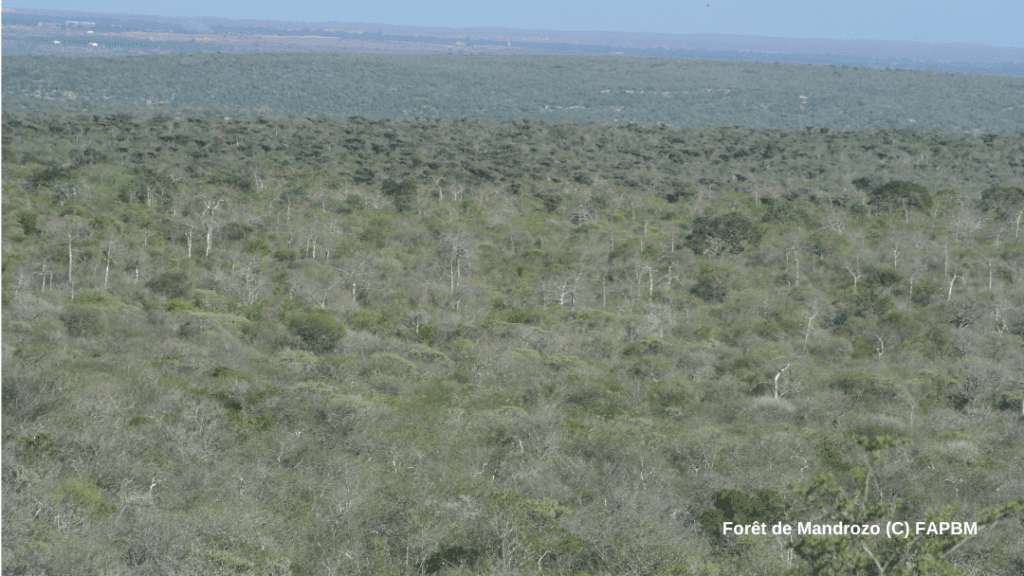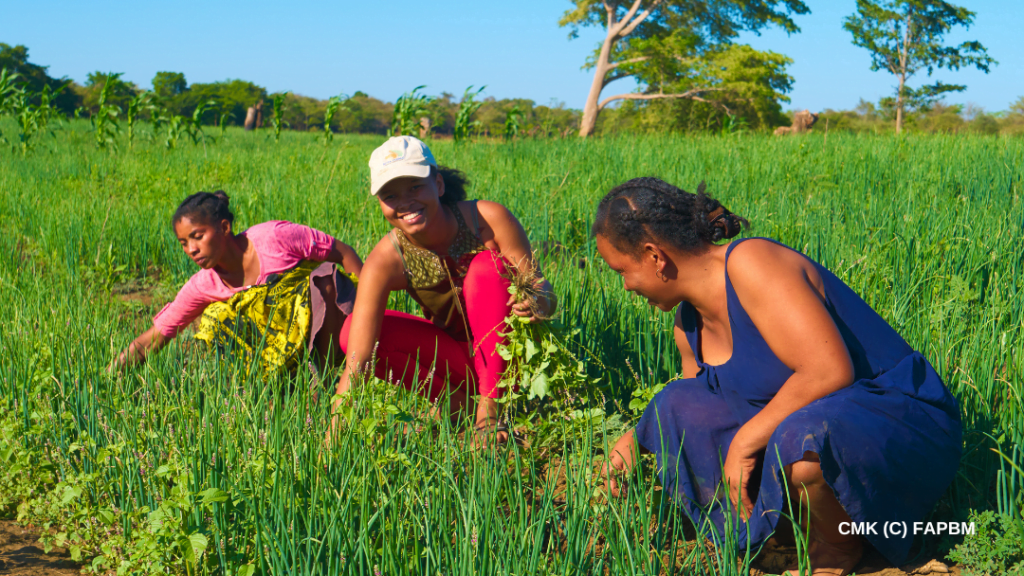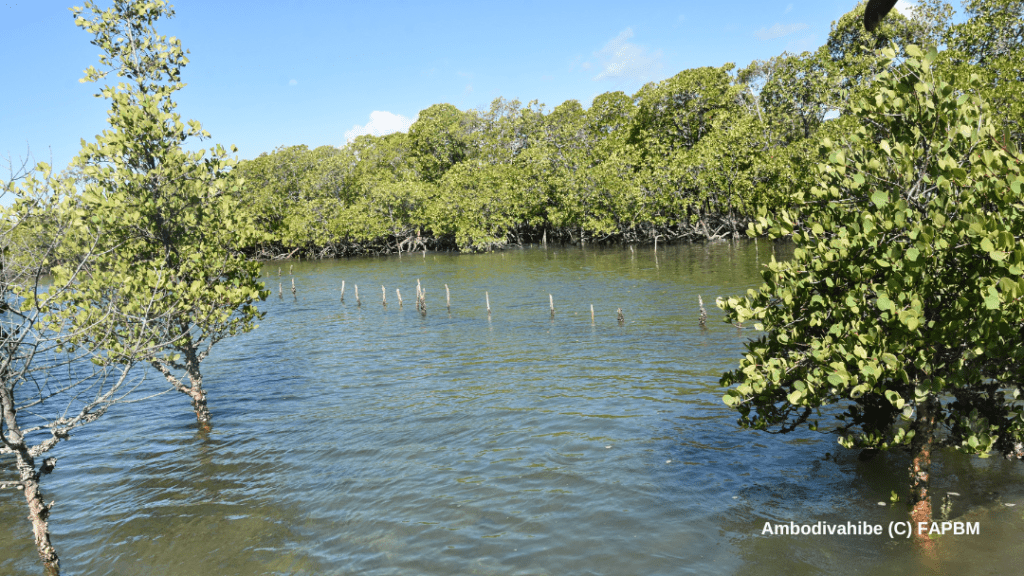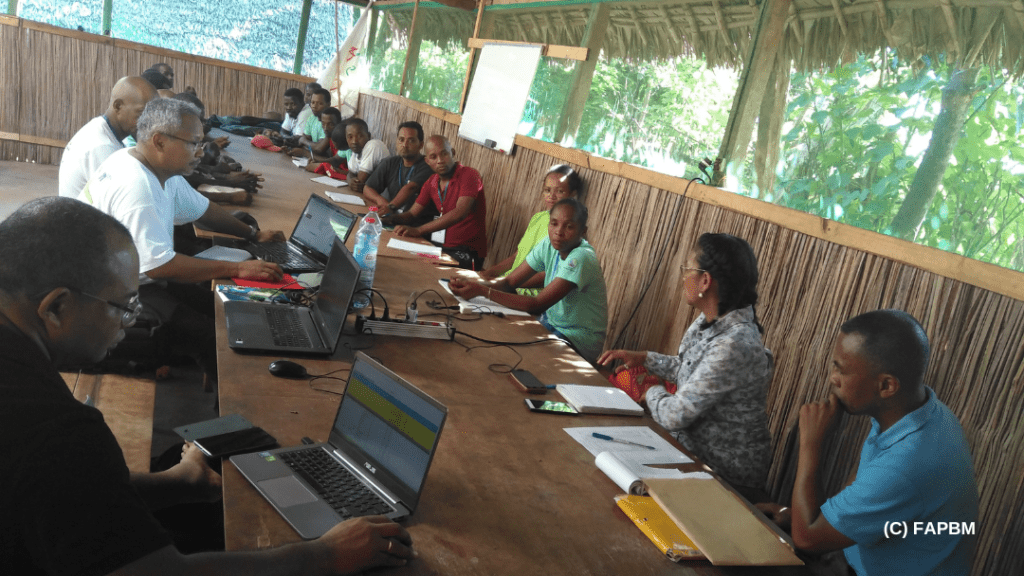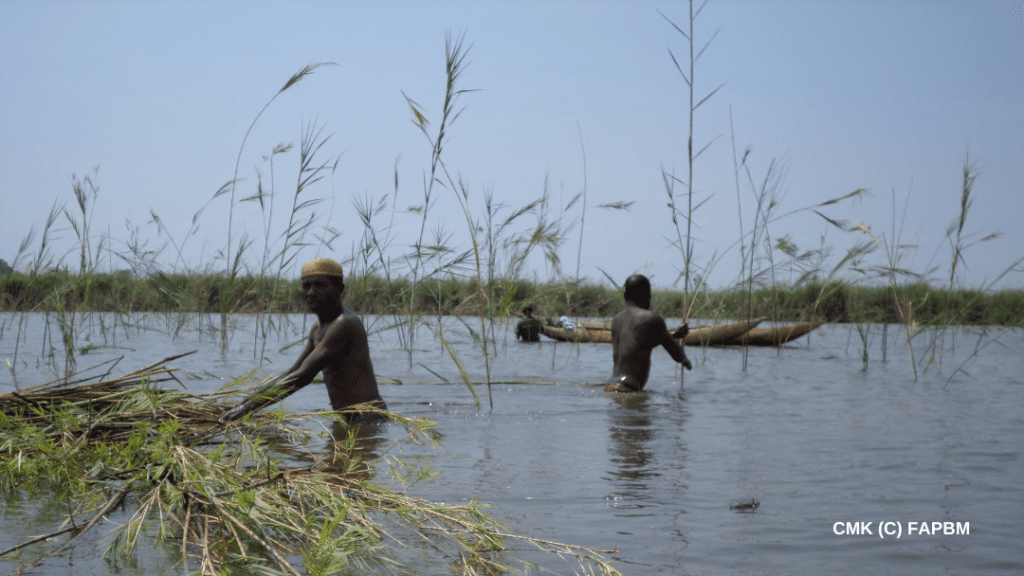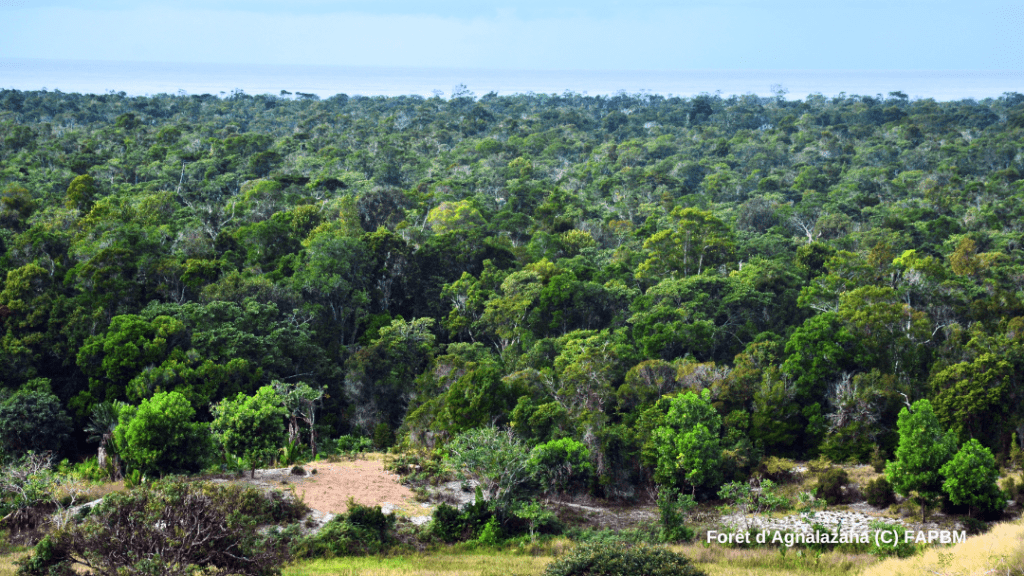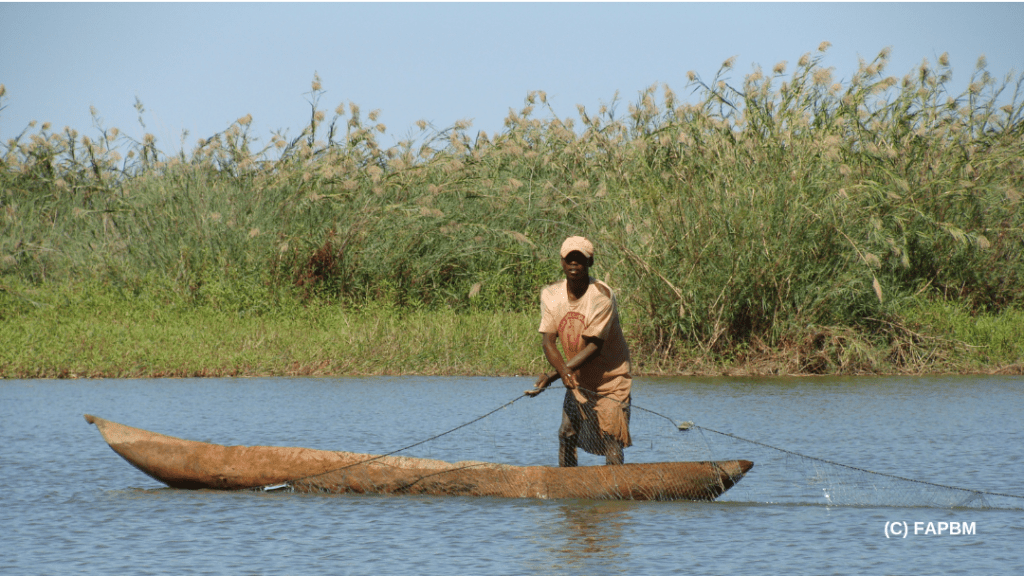Antananarivo, 25 July 2024 – Madagascar Protected Areas and Biodiversity Fund (FAPBM), in partnership with the Varuna program financed by the French Development Agency and coordinated by Expertise France, the Institute of Research for Development (IRD) through the Varuna – Sciences of Sustainability project and REMAPSEN Madagascar (African Media Network for the Promotion of Health and the Environment – Madagascar), officially launched the second edition of the reporting competition called ” Media #ForProtectedAreas ” on 25th, July at a press conference held at the Hotel Colbert Antaninarenina. This FAPBM initiative aims to encourage and support journalists with a passion for biodiversity to produce original reports on local communities and experts involved in biodiversity conservation, as well as to highlight remote protected areas. Like the previous edition, this call for reporting projects highlights the crucial role of the media and journalists in raising public awareness and advocacy for biodiversity conservation. Celebrating …
Media #ForProtectedAreas : Launch of the second edition


